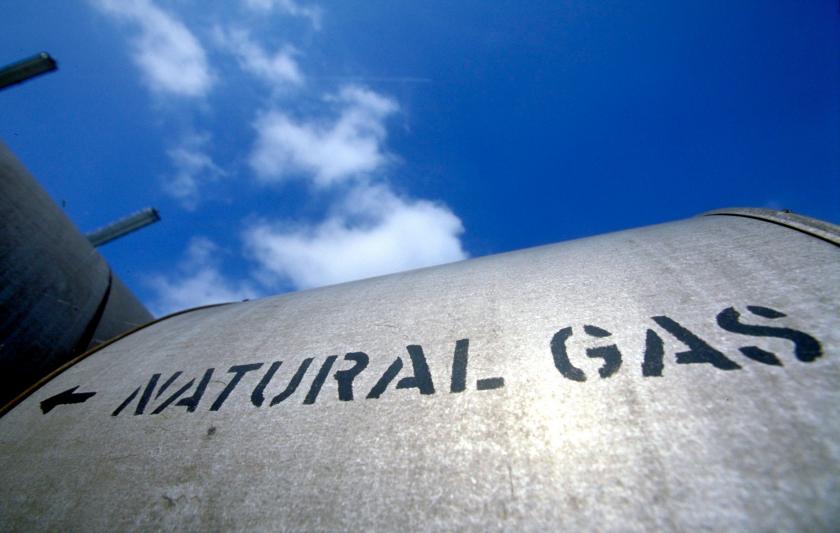
02.11.2018
On November 28th and 29th, dealing with the situation of a gas shortage will be practiced by the concerned stakeholders in Germany. The crisis scenario foresees an extreme cold period at the end of winter, which hits low levels in gas storage facilities. According to the President of the Federal Office of Civil Protection and Disaster Assistance (BBK) a very unlikely, but realistic scenario. Apparently realistic enough to build a crisis exercise that has been prepared by 3,000 people for an entire year.
As part of the cross-country and cross-departmental crisis management exercise "LÜKEX 18," the federal and state governments are walking through the crisis scenario "gas shortage". The crisis exercise is designed to improve cooperation among authorities and with private companies, associations and critical infrastructure organizations. The first day of the exercise is about the gas supply crisis. On the second day, civil protection comes into focus, when despite all countermeasures households and hospitals can no longer be supplied with gas at outside temperatures of -25 degrees Celsius and sit in the cold.
Mr. Bleschke, INES CEO comments on the crisis exercise. "Overall, the crisis exercise once again makes it clear that we need to prevent a gas shortage at all costs. Prevention measures should make the use of emergency mechanisms unnecessary. However, Germany has lagged behind other EU Member States in this regard for years. While other countries have already secured their security of gas supply with national measures, in Germany the regulatory and statutory costs for gas storage continue to rise. This is despite the fact that German gas storage facilities play a key role in ensuring the security of supply here and, given sufficient filling levels, represent the best insurance against crisis scenarios. Germany should take a look at neighboring countries and start catching up in order to avoid as much as possible the use of emergency measures."